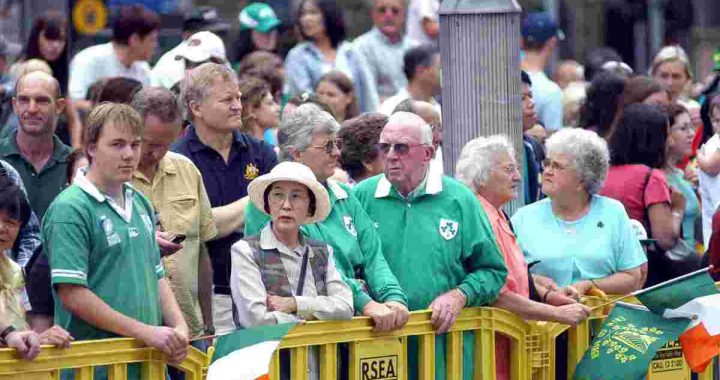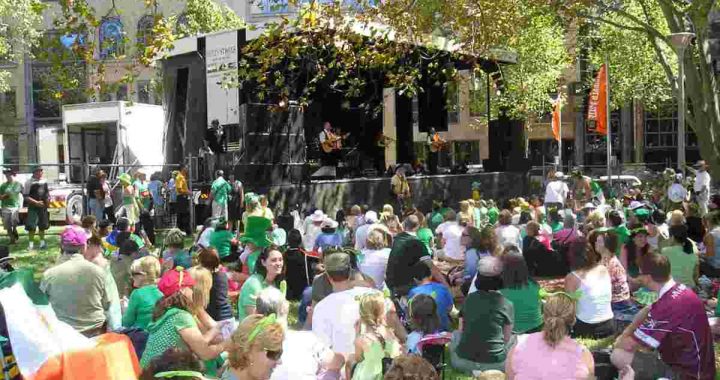Nominations for
St Patrick
Is there someone you know who has made a positive contribution to the Irish community here in Sydney? Or someone who has quietly worked in the background with both the Irish and Australian communities? Or someone who you feel is a prime example of what it is to be Irish, both present and future? If so nominations for that person to be St Patrick in our Parade will be opening soon. Watch this space!
St Patrick’s Day is celebrated world wide on 17 March each year.
In Ireland St Patrick’s Day is a holiday but increasingly people from all around the world gather to celebrate all things Irish.
We are all familiar with the street parade, family picnic, green t-shirts, Irish dancing, music and pints of Guinness that signify St Patrick’s Day in Sydney – but what do we know of St Patrick himself?
St Patrick is the patron saint of Ireland and is the person celebrated on Ireland’s national day.
Ok, so he wasn’t born Irish but he has become an integral part of the Irish heritage. His services across Ireland in the 5th century are said to have brought religion to the country. Legend also has it that St Patrick used a shamrock in his preaching to explain the Holy Trinity and that he was responsible for banishing all the snakes from Ireland.
This timeline identifies a few other key milestones in the life of St Patrick.
(the dates are approximates only)
385AD
St Patrick was born in Roman England, Scotland or Wales. His father was a Roman-British army officer by the name of Calpurnius. His birth name was most likely Maewyn Sucat.
400AD
St Patrick was kidnapped with a number of other teenage children and sold into slavery in Ireland. He was forced to tend sheep on a mountain in Antrim in the north east of Ireland. During his six years of enslavement, St Patrick started to communicate with God.
406AD
St Patrick escaped from Ireland and travelled to France where he joined a monastery and studied under St Germain, the bishop of Auxerre.
418AD
St Patrick became a bishop and, with the Pope’s blessing, set off back to Ireland to spread the word of God.
440AD
For 20 years St Patrick traveled throughout Ireland, establishing monasteries across the country. He also set up schools and churches, which would aid him in his conversion. He developed a native clergy, fostered the growth of monasticism, established dioceses, and held church council.
17 March 461AD
St Patrick died and it is on this day that the Irish choose to celebrate their heritage and culture today.
Thank you to Tara Hayes for this page.



